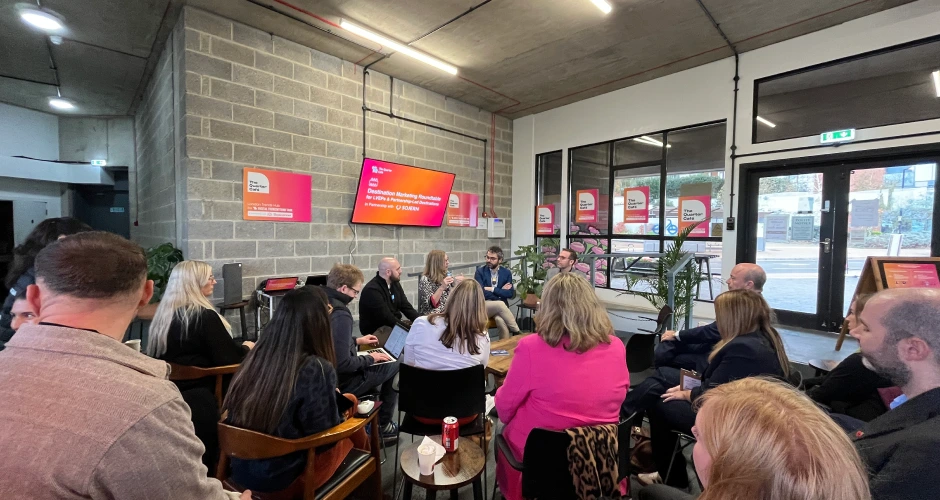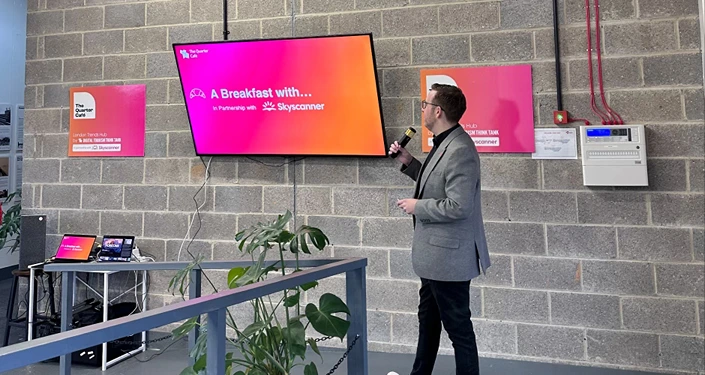The tourism industry is undergoing a major shift, with innovative data sources emerging as the cornerstone of evaluating the impact of destination marketing performance. Moving beyond the traditional metrics of visitor clicks and impressions, destination marketers are harnessing the power of data to gain deeper insights into visitor behaviour, preferences and the overall return on investment (ROI) of their campaigns. Partnerships between Sojern and industry leaders like Azira and Tourism Economics are driving this transformation, enhancing transparent reporting on true campaign success through Sojern's Economic Impact Report.
Bridging the Attribution Gap
Sojern's partnership with Azira is a pivotal step towards understanding the full impact of marketing efforts. By connecting online advertising with visitor behaviour, DMOs can now measure the direct correlation between advertising exposure and in-destination visits by tracking visitor movement collected through connected devices.
This data-driven approach offers several key benefits:
- Precision Marketing: Identifying which digital channels and campaigns most effectively drive physical visitation.
- Optimised Resource Allocation: Shifting budgets towards high-performing channels and initiatives.
- Enhanced Campaign Measurement: Accurately assessing the impact of specific ads on in-destination visits.
This partnership enabled a U.S. beach destination to attribute a 1,822 increase in visitors to a Connected TV (CTV) campaign, as well as the estimated economic impact generated by these visitors. This tangible evidence empowers DMOs to allocate resources effectively and maximise their return on advertising spend.
Centralising and Visualising Data
Sojern's alliance with Tourism Economics provides a comprehensive view of destination performance. By combining detailed campaign data with Tourism Economics' broader global database, DMOs can better assess the overall value of their marketing investments alongside the predicted growth of different source markets.
This collaboration offers a couple of key benefits:
- Improved Data Accessibility: Centralising disparate data sources through Tourism Economics' Symphony platform helps DMOs inform their decision-making to optimise campaign strategies and resource allocation.
- Enhanced Stakeholder Communication: Consolidating reporting capabilities provides a single source of truth, fostering transparent relationships with stakeholders and facilitating collaborative efforts towards shared goals.
This integration enables DMOs to not only monitor the number of conversions after exposure to a campaign but also forecast the economic potential of different markets. This holistic approach provides an additional layer of insights to enhance data-driven decision-making when planning future marketing campaigns.
The Road Ahead
Sojern's integration of campaign performance with foot traffic attribution and economic impact forecast data is transforming tourism marketing. DMOs that embrace this data-driven approach will be better equipped to optimise their marketing efforts, demonstrate their value to stakeholders and drive sustainable tourism growth.
As technology continues to advance, we can expect even more sophisticated tools and data-driven solutions to emerge. By effectively connecting and leveraging the rapidly growing volumes of data, DMOs can position themselves at the forefront of tourism innovation, ensuring they quickly adapt to changing visitor interests and behaviour to ensure destinations remain economically prosperous and support sustainable growth.






.svg)


.webp)

.webp)










.webp)
